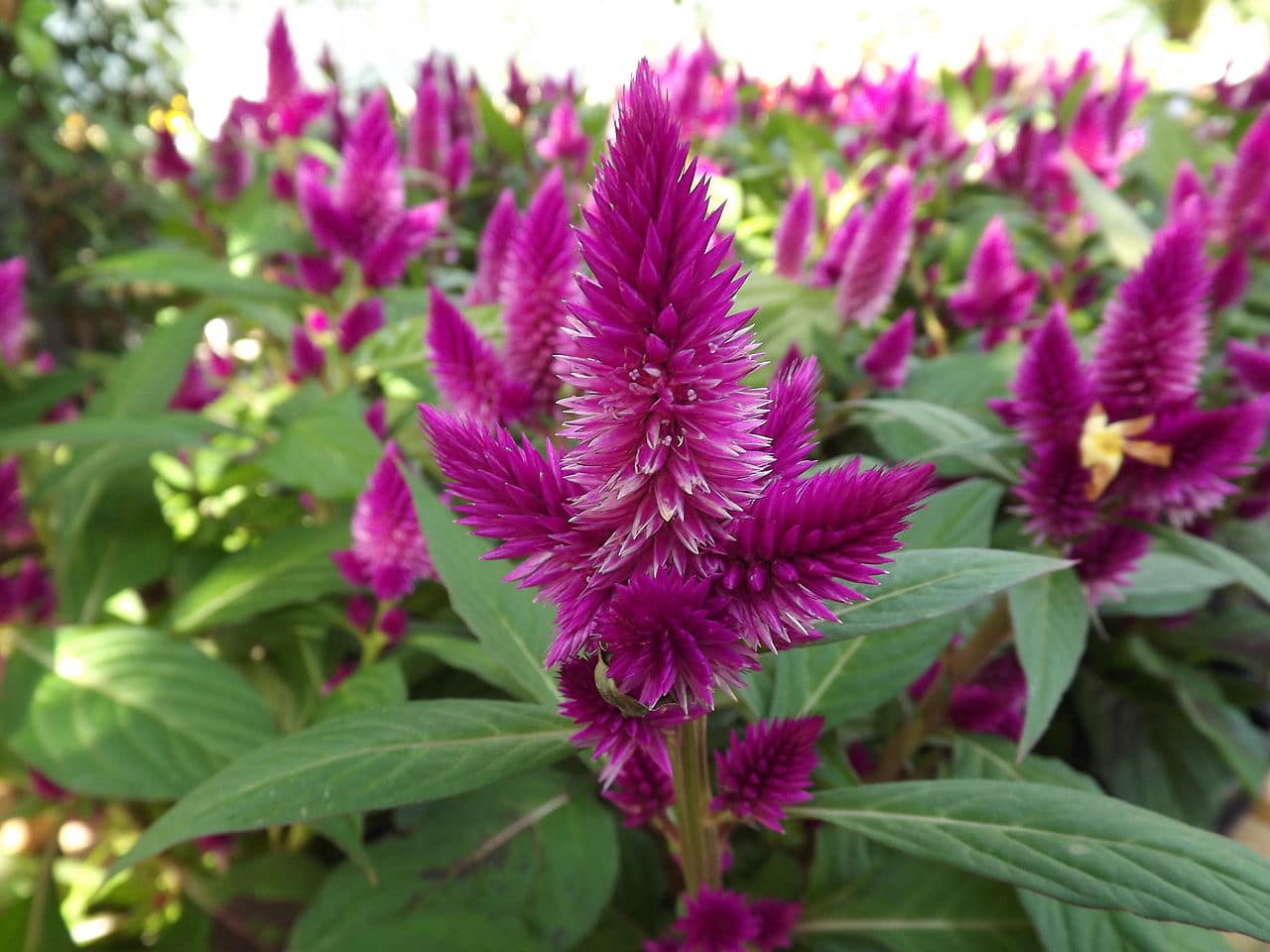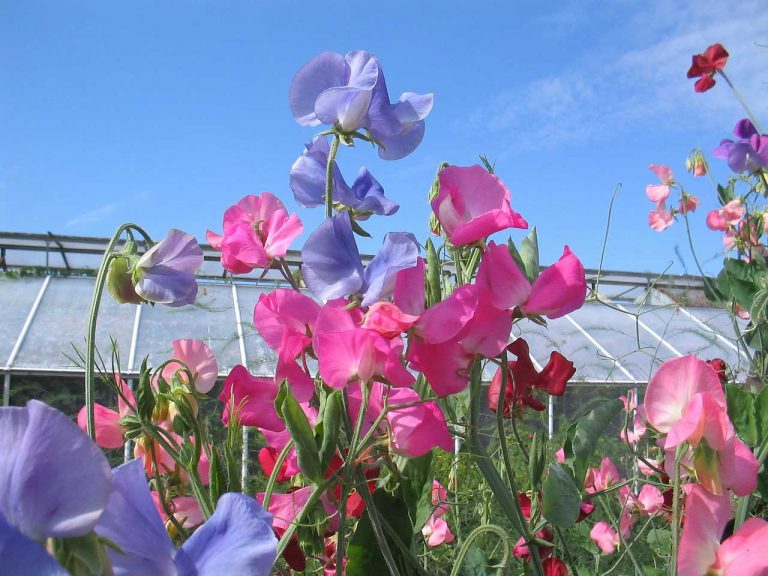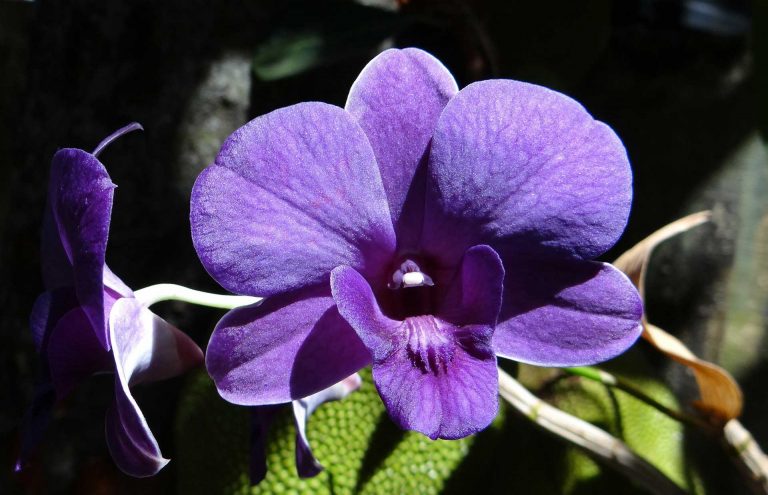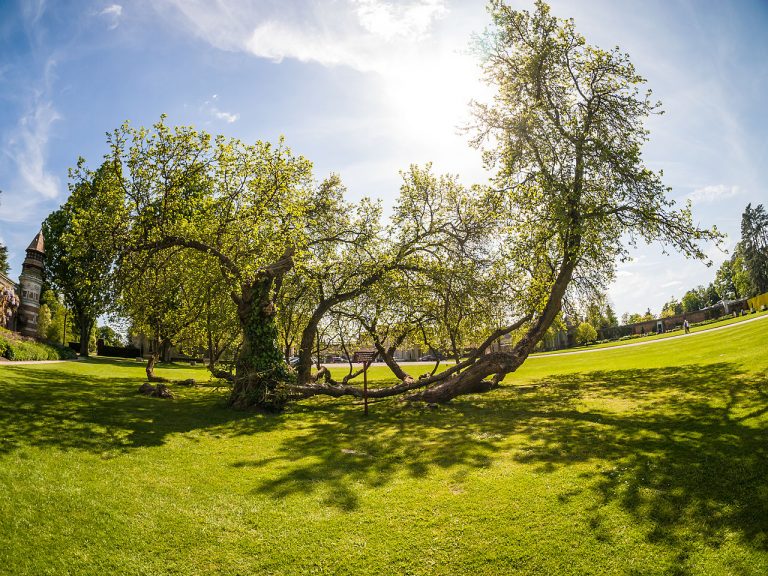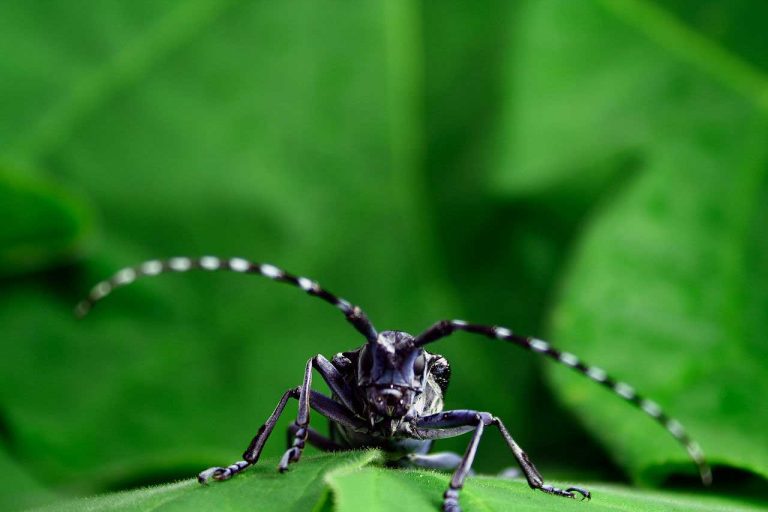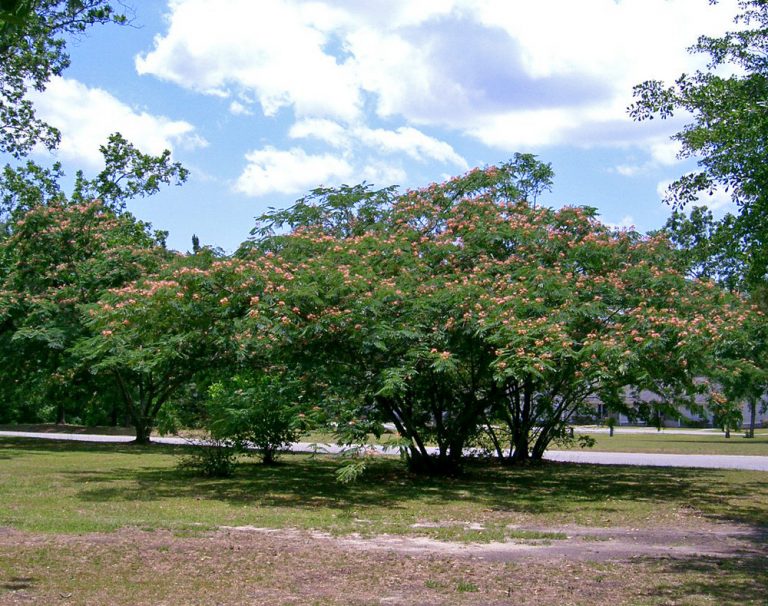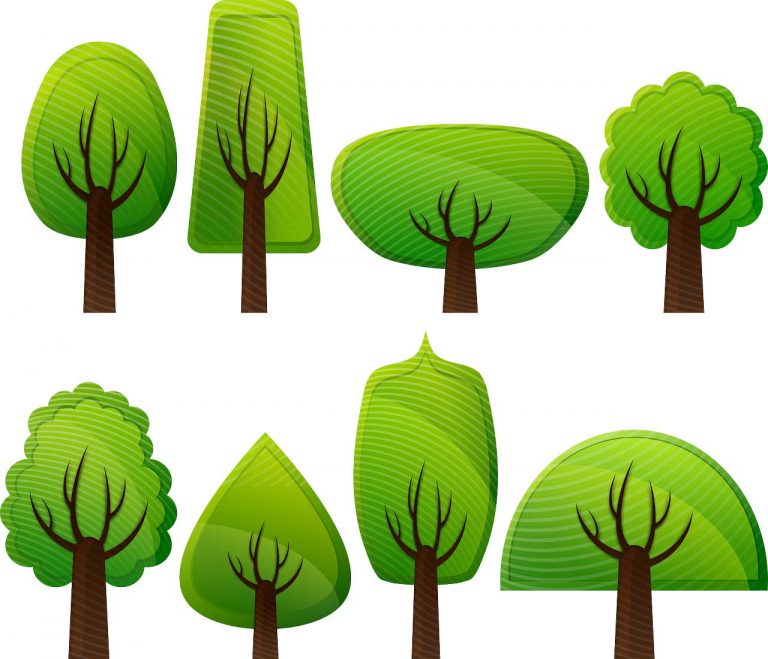Celosia – Derived from the Greek Word “Kelos” Meaning “Burned”
Scientific Classification
| Kingdom: | Plantae |
| (unranked): | Angiosperms |
| (unranked): | Eudicots |
| (unranked): | Core Eudicots |
| Order: | Caryophyllales |
| Family: | Amaranthaceae |
| Subfamily: | Amaranthoideae |
| Genus: | Celosia |
Celosia is a tiny variety of ornamental and edible plants belonging to the amaranth group of flowers called Amaranthaceae. This genus attained its name from the Greek word “kelos” which means “burned” and this has reference to the flame-type flower heads. They generally call this variety Celosia cristata or wolf flowers, and in case the head of the flowers displays a coalescence of stems or abnormal flattening, people call them Cockscomb. The plants are famous in the highlands of East Africa where in their native tongue Swahili they call these flowers “mfungu.”. Anatomy
Celosia appears as a cluster of flowers atop reddish or green leaves. Their range of colors include red, orange, yellow, pink, golden and wine.The velvety crested varieties (Cockscomb) appear rippled, but the rest take the shape of spikes or plumes. They grow to a height of six to thirty six inches; it is not the height alone that determines the size of the flowers.They are annual flowers.
How to Cultivate Domestically
Preparation for Planting
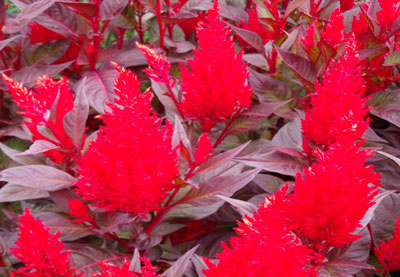
Photo by: Urban Jungle
In the warmer regions, we find celosia flowers perennial in the technical sense. Majority of the gardeners makes it a point to cultivate celosia as yearly flowering plants. In case you need a low-growing boundary,then a dwarf celosia is the one most suitable. Otherwise choose celosia flowers that grow to a height of three feet as a primary plant. If you are considering going for seed planting, celosia seeds grow into flowering blooms in about three months from the planting date; thus start planting them in the spring.
Planting
- After the fear of frost is over, at spring, set up the garden for growing your celosia/ coxcomb. With the aid of a garden spade till the soil to a depth of 4 to 6 inches, work well with a spade to add compost to the soil, then take a rake and level the area where you intend to grow your celosia.
- Do not start planting unless the atmospheric temperature remains constant at 60°F and the soil temperature is more than 60°F. Dig holes for planting your celosia plants at intervals of 10 to 12 inches, deep enough to maintain the level of your plants, as you have taken them from temporary containers.
- Plant celosia plants one by one into the holes made ready and add soil tightly round the roots. After that press the soil down with your hands to completes the planting.
- Water each recently planted celosia plant evenly and lavishly while they adapt to the soil.
- In case there is rainfall of less than one inch within a period of one week then water the celosia plant to wet the soil.
- Use all-purpose fertilizer to fertilize the celosia plant once a month. Refer to the package instructions and mix the fertilizer with the water according to the area necessary for your celosia to grow. While adding fertilizer to the plants be careful not to splatter it on the celosia leaves.
Placement and Watering
Use a plastic cover and wrap the peat pellets, place them in a warm area where you can maintain temperatures between 70 to 80°F. In order to provide air circulation, replace the plastic cover every day. Water your celosia plants as soon as you complete the process of sowing the seeds. Use a watering can with tiny spouts and water the pots as well as the bed as and when necessary.
Flowering Period
Celosia plants favor warm climate; they flower 90 days following planting. The Celosia plant flowers around the later end of the season. While many flowers droop at the end of the season celosia flowers brighten your garden. Celosia flowers range from pink to red or pale yellow in color. The flowering takes place from the earlier part of July to the far end of September.
After Bloom Care
Plant your celosias adjacent to the bloomed flowers and water after every two days.
As Cut Flowers
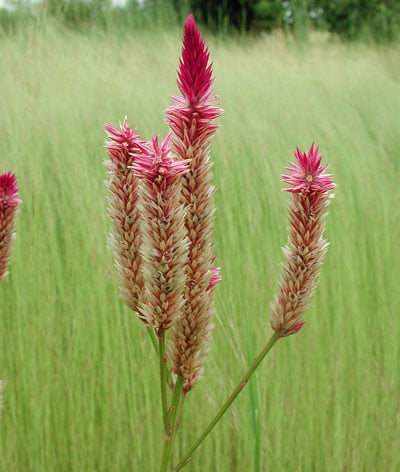
Photo by: Stefan Dressler
Cut your celosia flowers as usual either in the early hours of the morning or late noon. When reaping is complete, put your cut flowers in a bucket filled with water up to 1/4th the volume. This helps the cut flowers to recoup the immediate effect of separating them from the plant. To lengthen the shelf-life of the cut flowers, as far as possible, cut the newly bloomed flowers.

Having discovered a fondness for insects while pursuing her degree in Biology, Randi Jones was quite bugged to know that people usually dismissed these little creatures as “creepy-crawlies”.

